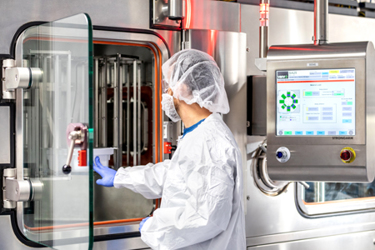New Technology Adoption In Aseptic Filling: Risk Aversion vs. Change Aversion

The drumbeat of continuous improvement programs and initiatives is a rhythm heard throughout the business world, and pharmaceutical companies are no exception in their embrace of pursuing improvements. More efficient and less error-prone processes, better employee training, and safer, more reliable equipment generally lead to improved products or services.
However, the scope of change necessary to drive such improvement often is a stumbling block for life sciences organizations. While incremental changes for the better are usually welcomed with enthusiasm, more profound shifts in technology or methodology can be stymied by an overabundance of caution. Certainly, caution is warranted when making products bound for patients, as their health is the primary goal. Yet, fear of the unknown may trigger the industry’s deep-rooted sense of risk aversion, even when objective evidence demonstrates the innovation reduces risk.
It is imperative — for patient well-being as well as life science industry evolution — that pharmaceutical sponsors, manufacturers, and regulators are wary of being change-averse, versus risk-averse. A methodical evaluation that prioritizes verifiable data over hypothetical conjecture, the same scientific-minded approach that guides drug development and research, can quickly differentiate one from the other.
Get unlimited access to:
Enter your credentials below to log in. Not yet a member of Drug Discovery Online? Subscribe today.
